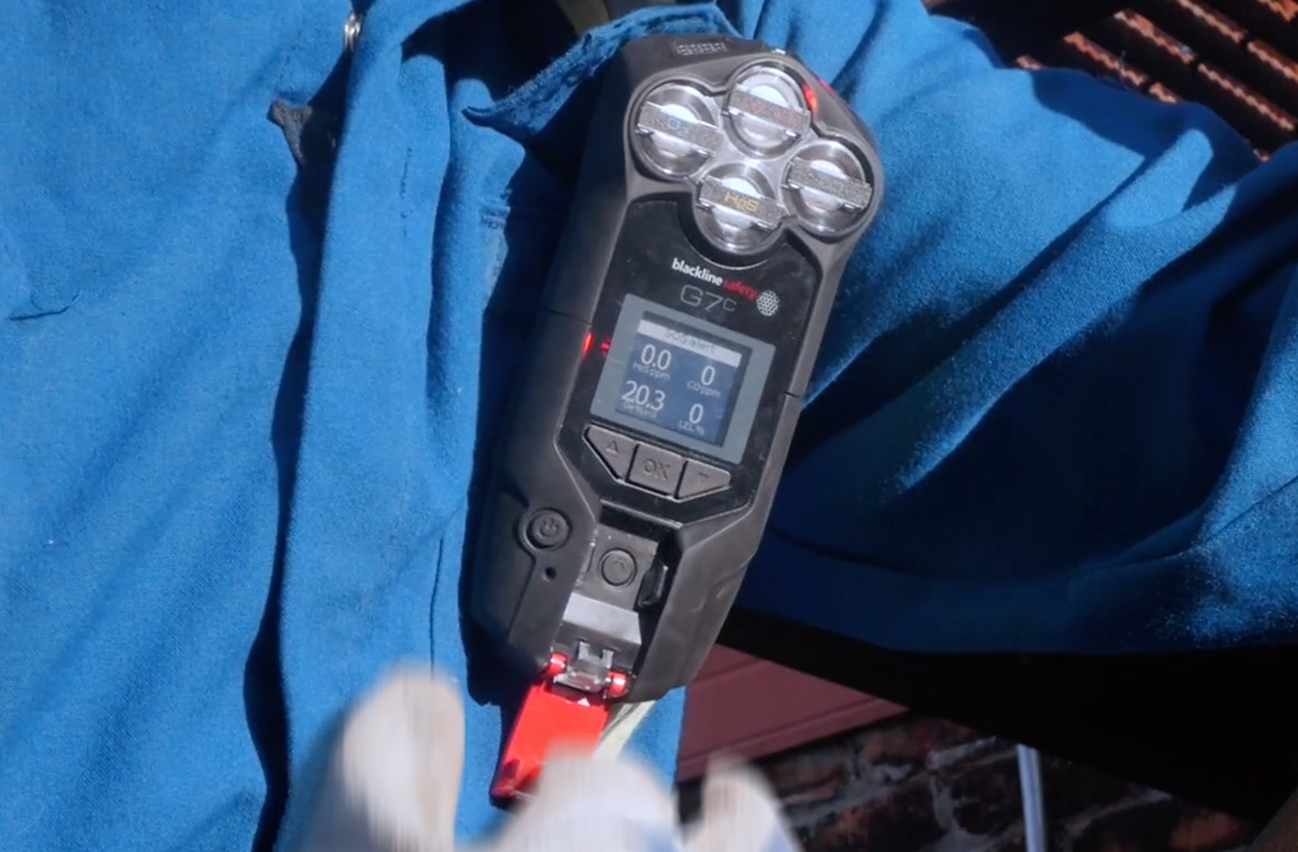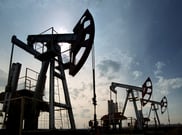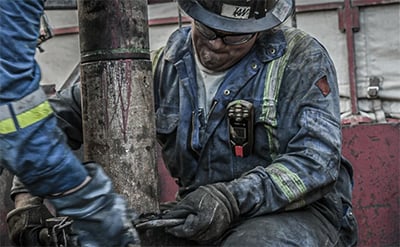Blackline Safety is a technology leader driving innovation in the industrial workforce through IoT (Internet of Things). With connected safety devices and predictive analytics, Blackline enables companies to drive towards zero safety incidents and improved operational performance. Blackline provides wearable devices, personal and area gas monitoring, cloud-connected software and data analytics to meet demanding safety challenges and enhance overall productivity for organizations with coverage in more than 100 countries. Armed with cellular and satellite connectivity, Blackline provides a lifeline to tens of thousands of people, having reported over 200 billion data-points and initiated over seven million emergency alerts. For more information, visit BlacklineSafety.com and connect with us on Facebook, Twitter, LinkedIn and Instagram.
EXO Detects Underground Danger
Blackline Safety, Leader in Connected Gas Detection & Lone Worker Safety
April 04, 2025
It started with a strange sight—bubbling groundwater just outside the offices of Blackline Safety channel partner Aegis Safety in Brisbane, Australia. After days of heavy rain, it could have easily been dismissed as a water main break. But something felt off.

A quick-thinking Aegis staff member flagged the anomaly to CEO Scott Colhoun. Trusting his instincts, Scott stepped outside to investigate. That’s when the unmistakable scent of gas hit him. This wasn’t water. It was something far more dangerous.
With years of experience in safety, Scott didn’t take chances. He grabbed a Blackline Safety EXO area monitor and let the technology confirm what his gut already suspected. The EXO registered 12 ppm LEL—a methane gas leak, right beneath their feet.
Swift Response Prevents a Bigger Disaster
 Scott immediately called 000 to dispatch emergency services. The Aegis team quarantined the area while police and fire crews arrived, sealing off the street and deploying two fire trucks to secure the scene. Fortunately, it was a windy day, which helped to ventilate the gas. The leak, traced to an old steel pipe along the road, was small—but if left undetected, the outcome could have been far worse.
Scott immediately called 000 to dispatch emergency services. The Aegis team quarantined the area while police and fire crews arrived, sealing off the street and deploying two fire trucks to secure the scene. Fortunately, it was a windy day, which helped to ventilate the gas. The leak, traced to an old steel pipe along the road, was small—but if left undetected, the outcome could have been far worse.
The repair team arrived and spent over two hours fixing the pipe. It was a powerful reminder of the invisible risks that can exist just beneath the surface.
Gas leaks often start small and go unnoticed, especially in high-traffic or industrial areas where minor signs can be easily overlooked. But even a slow methane leak can accumulate to explosive concentrations if not properly ventilated or addressed. According to the National Fire Protection Association (NFPA), an average of 125,000 residential gas leaks and 4,200 gas-ignited home fires occur each year in the U.S. alone. These numbers highlight the importance of fast, accurate gas detection to prevent minor leaks from escalating into life-threatening situations.
Aegis Safety: A Legacy of Protection
For nearly 40 years, Aegis Safety has been a trusted name in industrial safety across Australia. Family-owned and operated, Aegis partners with Blackline Safety to deliver cutting-edge protection solutions to industries where every second matters.
This incident was a stark reminder: having the right tools—and the right instincts—can mean the difference between a close call and a catastrophe.
|
On average, a major gas leak is reported to the U.S. government every 40 hours—minor leaks can go undetected and unrepaired for years—leading to devastating consequences including environmental disasters, explosions, and death. |
Can your team detect a gas leak before it becomes an emergency? If not, it’s time to talk. Contact us today.
Additional Real-Life Story
 |
Real-Life Incident: Sasha’s Story – Meter Check Turns DangerousLone worker device helps protect the safety and wellbeing of meter reader. |
Featured Content
|
|
Protecting Gulf Coast Oil and Gas Workers |
|
 |
Hydrogen Sulfide (H2S) Exposure in the Oil and Gas Industry: Risks and Prevention |
Stay Informed
Receive articles about trends and best practices in the safety industry right in your inbox.
Related Blog Posts
Real-life Incident: Lieutenant Anderson II’s Story – The Silent Killer
February 25, 2025
‘The absolute worst atmosphere I've seen': How G6 alerted first responders to lethal CO levels The scene that greeted firefighters as they...
Real-life Incident: Anna’s Story – Heart Attack While Working Alone
January 22, 2025
‘Please hurry!’How Anna’s G7 Saved Her Life Pain ripped through Anna’s chest and back, taking her breath away. She felt dizzy and like she was...
Real-Life Incident: Leo’s Story - Stranded in the Wilderness
December 13, 2024
'I am stranded': Well site inspector credits Blackline connected wearable device for facilitating remote backcountry rescue Leo felt the quad’s...






